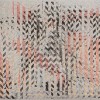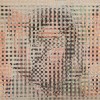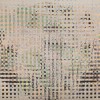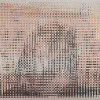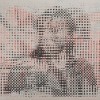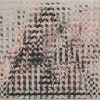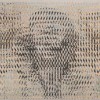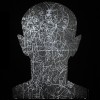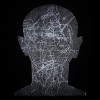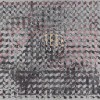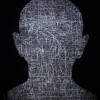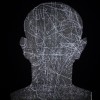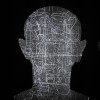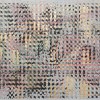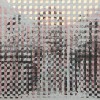It is my feeling that any act of contemplation begins with the important subject of existence.
In the early years of my career, I was always seeking an answer to this question in my mind. Little after, I found out that this type of contact is only the tip of the iceberg of self-analysis that will have an abstract answer only. Then, I decided to shift this question to the living environment. Consequently my works unconsciously found a sort of interactive relation with aesthetic and social issues.
I came to the conclusion that human existence is to a great deal the result of exposition to encompassing atmospheres and environments, and all these influential elements turn to be models for human being. Soon I discovered that my living environment is nothing but amassing, producing and reproducing these models continuously. Therefore, the major challenge for me is the re-recognition and separation of these models from one another. The next question to me was this: Do these models make my existence or it is me who gives them life?
The attractions of dress-making patterns are the best signs of my idea because of their form and function. In the old collections, I put them together separately. Then I combined patterns because of the complexity of my plan and the result was an extremely intertwined and chaotic collection.
Generally speaking, the principal idea of my works and I is on choice. What things are worthy of selection? Do we generally select patterns or they impose themselves on us? Apparently, it seems they impose themselves on us. What is originality? Why do all people seek originality? What is the relationship between a historical event, mobility and change with originality? What is the status of originality in mobility of history? Do we make the environment or owe our current age to the environment?
Continuing my works, I ended up with carbon papers. This is because carbon papers have a few notable characteristics: It is a simple thing that lays its impact on another thing. It is not the carbon paper to decide what to copy; it is selected to show its impact. Carbon paper keeps for itself the things it copies and preserves it until the next impact. Carbon papers are generally the proofs of a historical incident, but at the same time they are examples of praxis. Without light, they are merely simple things with dark substance on one side that can be read in the light only. They are mediators between the subject and object. They are the concept of mediation. Pattern papers take form through a single printing process and their complexity and confusion is chiefly based on the preliminary idea. However, the identity of carbon papers is based on history. In brief, carbon papers are the historical form of pattern papers.
Peyman Shafeeizadeh
Spring 2013
